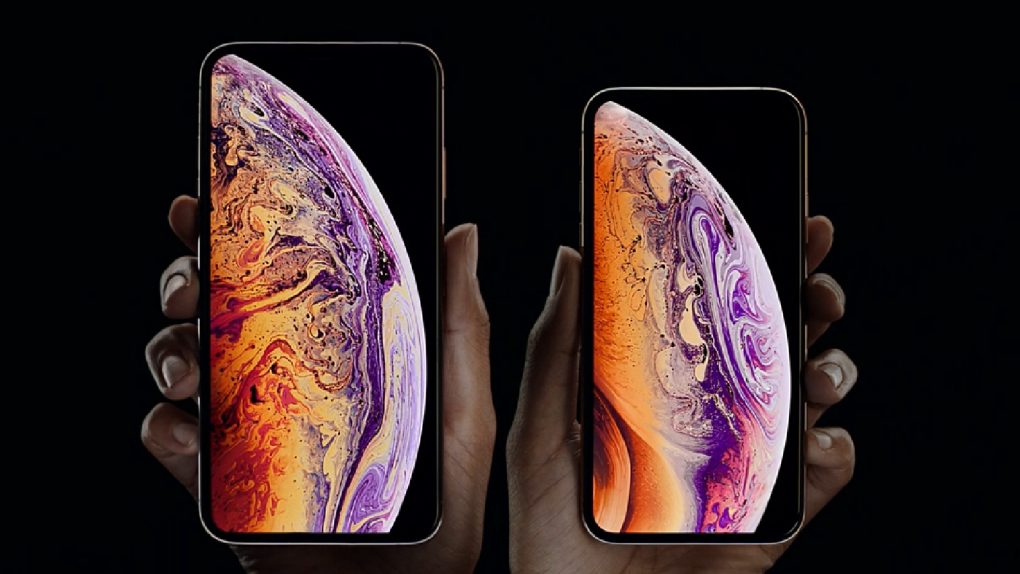The iPhone XS has been criticized a little for only providing a marginal upgrade over the iPhone X. There’s no killer feature in this year’s Apple devices and some people have suggested that the handful of marginal upgrades, like a faster processor and much better camera, aren’t worth the upgrade.
That’s still a conversation that you’re going to have to have with your wallet, but PCMag has provided a little more data to tip the scales in favor of the iPhone XS. The outlet teamed up with Cellular Insights to run lab tests of the iPhone XS’s LTE performance compared to the iPhone X and Android flagships, and the results are promising for Apple.
PCMag‘s testing shows that the iPhone XS showed much faster LTE download speeds than the iPhone X, thanks largely to Apple’s (long-awaited) inclusion of 4×4 MIMO in the iPhone XS and iPhone XS Max:
The first thing you see is the effect of the new 4×4 MIMO antennas. In good signal conditions, they double the phone’s speeds, but they also help in weak signal conditions. Apple was the last major manufacturer to adopt 4×4 MIMO, and it was desperately needed.
Between the three 4×4 MIMO phones, you can see that in good signal conditions, the Qualcomm-powered Galaxy Note 9 and Google Pixel 2 still do a bit better than the iPhone XS Max. But as signal gets weaker, the XS Max really competes, showing that it’s well tuned.
In both regular and low-signal applications, the iPhone XS Max was nearly identical in performance to the Galaxy Note 9 and Google Pixel 2. The Pixel 2 was technically the best performer, but the differences between the three phones are so small as to be negligible in real-world performance.
PCMag also has a theory for why some iPhone XS and iPhone XS Max users have been reporting a problem with their devices showing a weak cell signal:
We saw a noticeable jump in performance from iOS 11 to iOS 12 on our Intel iPhone X unit, bringing it closer to the initial performance of the Qualcomm iPhone X. Early versions of new phone firmware are sometimes buggy. When the Samsung Galaxy S8 came out, the first version of Sprint’s firmware had a bad timer in it that caused the phone to drop from the faster Band 41 to the slower Band 25 too frequently; that was later fixed in a software update, making the phone’s performance appear to improve.
The first versions of the iPhone XS firmware may, in some places, be causing trouble with signal reception. We were unable to find any issues in the hardware that would explain negative experiences, but we also don’t want to deny the experiences a few people are having. To them, we say: Don’t return your phone, because we bet a fix is coming.
The results aren’t really surprising, because 4×4 MIMO has been proven in other devices to show a significant real-world improvement in LTE speeds. Why Apple has taken so long to implement it is another question, but either way, it’s clear: When it comes to cell signal, the iPhone XS is a big step up over the iPhone X, and a worthy competitor to any other device.










